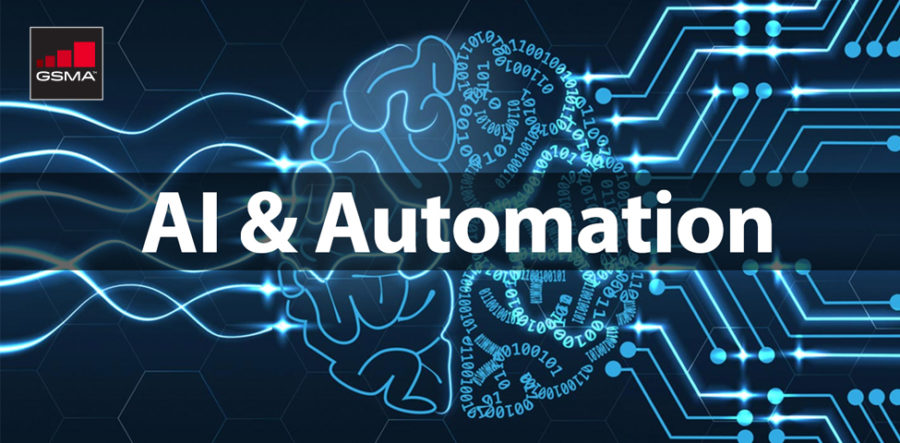1. AI in Network Introduction
This paper seeks to introduce how AI technologies will empower intelligent networks, which are increasingly becoming integral to simplified 5G networks and services. Its scope extends to four key areas; firstly a baseline understanding on the intelligent network concept, followed by architecture framework, thirdly, the level classification of AI in Network for realising the intelligent network step by step and lastly a call for the contribution of case studies of AI in Network in the industry.
1.1 What is AI?
Artificial intelligence is made up of 3 principal branches, big data, automation and artificial intelligence. Big data gathers large data sets on which analytics are applied to gain insights and enhanced decision making. Automation is where machines follow pre-programmed rules to run processes, generally used for repetitive tasks. The final area is most advanced – Artificial intelligence where machines perform cognitive functions similar to those attributed to humans.
AI is the ability of a computer or machine to emulate human tasks through learning and automation, generally understood to be the simulation of the higher order functions of intelligent beings in areas such as visual processing, speech processing and analytics.
AI algorithms take decisions as a consequence of the application of advanced analytical techniques and may be applied in combination with automated advanced feedback loops to solve problems.
In general, a more detailed AI should seek to emulate or simulate higher-order biological system functions such as visual processing, speech / natural language processing, prediction of outcomes, categorisation of objects or data, and problem-solving. However, it must be noted, AI must exclude software systems based on traditional rule-based and determined algorithms, for example, where a specific process or algorithm is designed/ programmed by one or more people, which are not based on AI tools or techniques. This is because AI should include a significant element of learning from or adapting to data either as the whole process or an identifiable part of the process.
AI is composed of different fields:
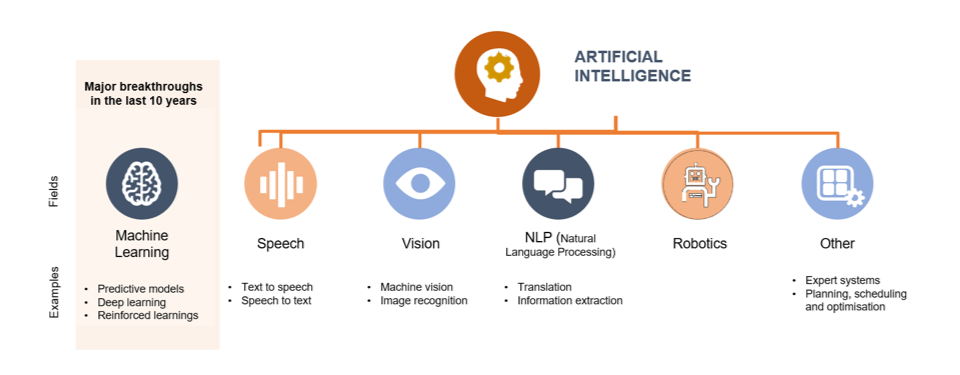
Figure 1: Various areas of AI
Artificial intelligence can be further defined by the application of learning that may be undertaken; machine learning and deep learning.
Machine learning uses statistical techniques to perform specific tasks, often requiring a smaller amount of data. In doing so, machine learning can be conducted by low-end systems though usually need labelling and features extraction to perform problem/task breakdown. This means that machine learning applications are faster to train, but testing may be slower to ensure the validity of results. However, these are more readily explainable as the process is understood. Deep learning, on the other hand, uses artificial neural networks which require a more substantial amount of data to train models. This, in turn, requires high-performance GPUs but allows deep learning to process unlabelled data and solve end-to-end problems. As a result of its reliance upon large data sets, deep learning often is slower to train, however, faster to test, the biggest drawback here is what is referred to as the “black box” – while the inputs and outputs may be understood, the steps taken may not be.

Figure 2: key considerations on the machine and deep learning
1.2 The use of AI
The use of AI falls into two general categories:
Operation-focused AI, such as AI-based network planning, optimisation and operations: used to assist with fault detection, predictive maintenance, and network planning and optimisation, all of which enables operators to make more efficient use of their physical assets.
Service-focused AI, such as customer experience AI: used for more personalised commercial purposes such as pricing promotions, customer care, predictive care and churn reduction, smart retail, and -the deployment of virtual assistants (such as Tobi, the Orange-Deutsche Telekom chatbot on the Djingo smart speaker and the Telefónica Aura virtual assistant) to personalise services and more.
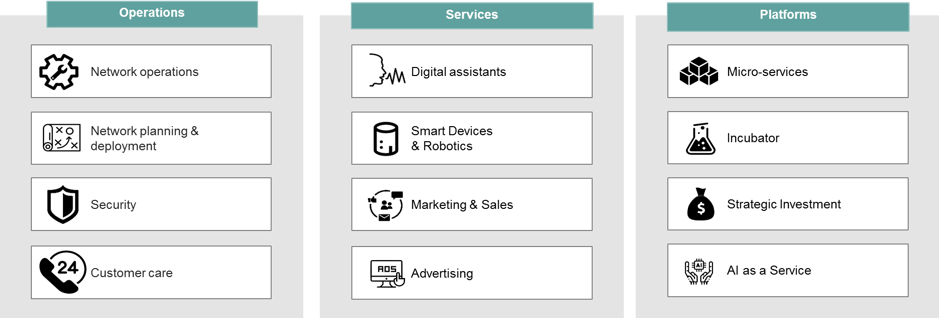
Figure 3: Classification of AI use cases
More advanced applications of AI by operators include:
- Operators establishing AI as a platform capability that can be used by (generally) business customers as primarily a cloud service;
- Operators who are employing big data / AI to process mobile network data for analytics (usually highly aggregated) provided to third-party organisations such as government, traffic planning authorities, energy providers, and commercial organisations, e.g. retail.
1.3 Models for training
There are four key training models based upon the data you have
- Supervised learning – input and output with labels for success or failure
- Unsupervised learning – the system identified clusters and structure in data
- Transfer learning – draw and apply lessons from one model to others
- Reinforcement learning – know what the outcome should be and reinforce when successful
1.4 The shape of the AI market
AI momentum is building in the mobile industry, and although the use of AI is only at a fraction of its long-term potential, the number of trials and deployments reached an unprecedented level in 2018. Given the broad impact and transformative nature of AI, it comes as no surprise that many leading companies in the broader mobile ecosystem have already embraced the technology, announcing their AI roadmaps. While each company has its own AI strategy, the long-term result at the ecosystem level will likely be bigger than the sum of individual achievements.
Major operators are in the game as AI creates further opportunities to pursue digital transformation for two core business areas (network operations and customer experience) and provide new services to enterprise customers. Driving greater network automation and digitising customer interactions are the dominant use cases in early AI deployments. Some operators are also leveraging AI to launch new products and services (digital assistants and smart speakers) and platforms (AI-as-a-service). Generating revenues in these areas will depend on the ability to strike the right partnerships, expanding ecosystem presence.
AI is about opex/capex in the short term and a foundation for new revenues over time, for a typical operator, network opex/capex are the most significant single sources of cash out. As such, deploying AI to optimise/automate networks is as important as undertaking new initiatives that target new revenue. The two are linked, as AI-powered and flexible networks allow operators to provide new, customised services. As such, they are embracing AI in networks today is key to targeting new enterprise revenues over time.
The intersection of IoT, AI and 5G brings intelligent connectivity to reality though today this intersection is limited to a few trials. Looking ahead, the convergence of IoT, AI and 5G will intensify as AI-based technologies advance, and 5G networks are rolled out. AI will be integrated into a growing number of IoT applications as well as 5G networks. 5G needs AI to enhance network automation and flexibility; AI needs 5G to enable developments of AI-powered scenarios, including autonomous driving and smart factories.
AI is a multi-year journey for operators, but the groundwork needs to be done now. Several factors will slow or accelerate AI deployments, determining the success of operator AI strategies. These factors include understanding and testing AI, bringing it to market, taking a customer-centric, data-driven approach, and being open to partnerships and co-innovation.
1.5 Why AI in Network?
In 2018, operators began to deploy 5G networks globally, which is now in full swing. Compared with 2G/3G/4G, 5G has a significant leap in key performance such as network speed, network latency and connections scale, which would allow it to support new service scenarios and applications. Mobile operators need a much more flexible network to satisfy the increasing demands of the new services.
1?The growth of network complexity will make the traditional network O&M model unsustainable
- 5G networks are likely to co-exist with 2G/3G/4G for the foreseeable future, which will bring a significant challenge in operating a 5G network, especially about the traditional operating model.
- To support the typical 5G service scenario, eMBB, mMTC and URLLC, and guarantee the network performance, various new technologies including Massive MIMO, uplink and downlink decoupling have been adopted. These new technologies improve network performance significantly but also increase the requirement of network agility and network complexity.
Higher levels of automation are the only way to handle this complexity, while at the same time, ensuring that network resources are utilised more efficiently than ever, to reduce operating expense (OPEX) and support rapid, agile response. In addition to automation, operators also need simplified processes to reduce cost and increase agility to handle the ever-more complex network. The key to the next generation of networks is to make it autonomous and straightforward.
2) Digital transformation accelerates service innovation but requires automation abilities.
Although mobile data traffic has grown exponentially in the 4G era – from almost 4 exabytes globally per year in 2010 to expected 128 exabytes in 2020, unit prices have continued to decline. In the 5G era, it will be challenging to bring new growth solely on traditional data services. New 5G services and use cases will involve the digitalisation of other industries, and by bringing them to market requires new partnerships along with innovation in the telecoms business model. Mobile networks have to be much more flexible to meet the new requirement of users and services and to enable MNOs to have a more horizontally integrated view including multi-vendor platforms, open APIs and transferrable analytics solutions.
As we step into the 5G era and new services and applications continue to emerge, new network technologies and features are being adopted; the traditional network management model is no longer sufficient to support the growing network operation requirements and to guarantee user experience. Also, the ever-increasing complexity makes it challenging to improve operational efficiency and control opex costs effectively. The industry has recognised that a highly intelligent network built upon AI technologies required in the 5G ere and a summary of the status of deployment applications has been provided in Figure 4.
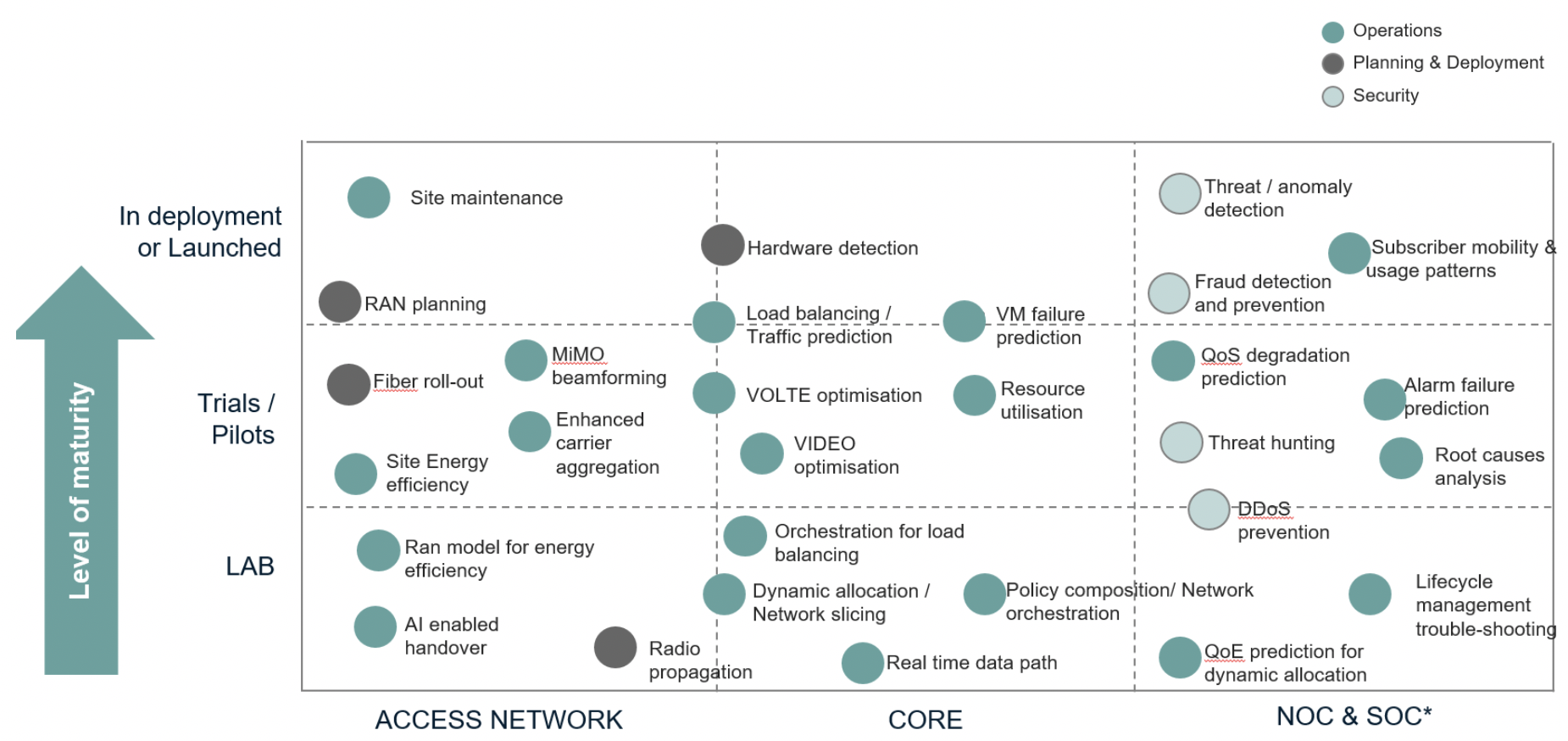
Figure 4: AI in networks: status of deployment of applications (not exhaustive)
2. Intelligence becomes the 4th dimension of mobile network
5G is based on three fundamental aspects, including enhanced mobile broadband (eMBB), ultra-reliable and low-latency communications (URLLC), and massive machine-type communications (mMTC). The mobile industry’s technology, application, and business innovations over the next decade will centre on these three critical application scenarios and will contribute to a prosperous 5G ecosystem. Network automation, which considered as the fourth dimension of 5G in addition to the other three fundamental dimensions, will significantly improve operators’ management efficiency.
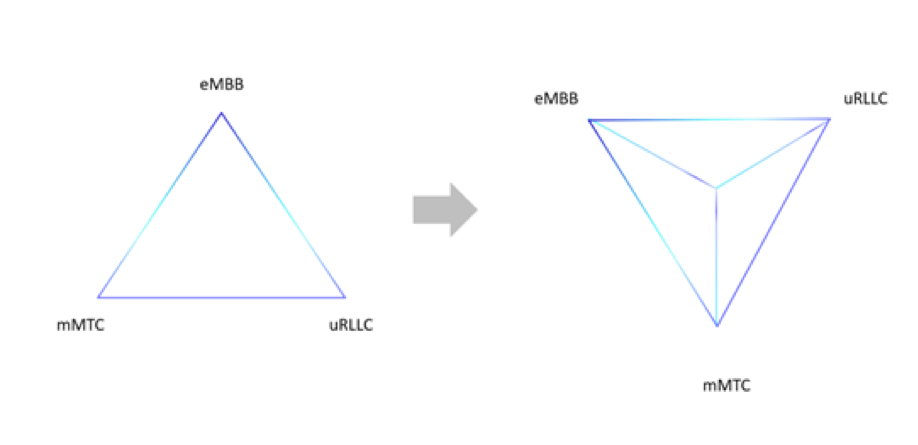
Figure 5. The 4th dimension of the 5G network
To realise a highly intelligent network, a common understanding alongside the need to continually evolve the concept of intelligent networks needs to exist. This requires all ecosystem participants in the industry to find the evolutionary path for the intelligent network together, define the goal and requirement of each level, and to implement the concept of the intelligent network, while jointly sharing cases of AI in Network which need to be developed and verified together.
2.1 Operator’s expectation of AI in Network
Automation is of central importance as mobile operators start to evaluate their commercial 5G strategies. From the operators’ perspective, the primary purpose of network automation is simplified network deployment, OPEX optimisation and a guarantee of user experience and service agility. Some operators are already introducing automation to some of their network processes, most commonly for network operation and maintenance, planning and optimisation. According to a survey of 76 mobile operators worldwide by Analysis Mason in 2018, it shows in Figure 2 that 56% of MNOs globally have little or no automation in their networks. However, by 2025, according to their predictions, almost 80% expect to have automated 40% or more of their network operations, and one-third will have automated over 80%. The introduction of AI will be an essential part of that process for many CSPs, helping to make the network more intelligent, agile and predictive.
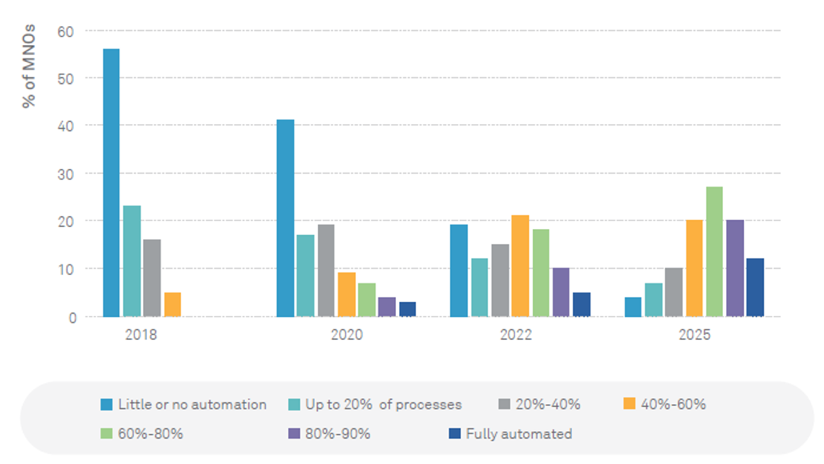
Figure 6. Forecast levels of network automation by MNOs worldwide 2018-2025 (Based on a survey of 76 Tier 1 and 2 MNOs worldwide, Q32018) (source: Analysis Mason)
2.2 Key Drivers of AI in Network
The reasons for this high interest in automation relate to cost and operation agility. In the same survey, mobile operators were asked to list their primary business drivers to adopt AI-assisted network automation. Based on the survey feedback as shown in Figure 3, the leading driver to take AI-assisted automation reduces OPEX; there are almost 80% mobile operators placed this as their top one driver for further deployment of automation. Other top drivers are the following:
- improvement to customers’ network quality of experience
- efficient planning and management of dense networks
- part of an end-to-end automation strategy spanning the network and IT operations
The drivers for adopting automation focus on the OPEX reduction, improvement of user experience, efficiently utilisation of network resource and contributing to the end-to-end cross-domain network solution.
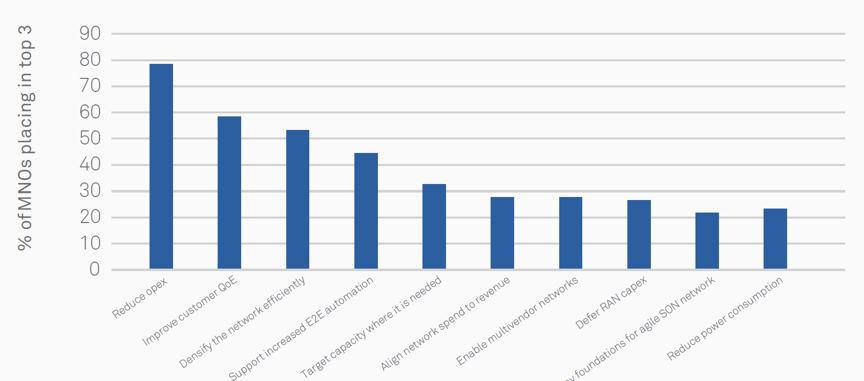
Figure 7. Key commercial drivers in deploying AI-assisted network automation (% of MNOs placing each driver in their top three) (source: Analysis Mason)
3. AI in Network: framework and automation levels
3.1 Framework
Simplified network architecture and operations automation is needed to support the fast deployment requirements for the 5G new services. Operators will be more efficient to offer the best possible user experience, with full lifecycle automation of the network and maximum utilisation of the network resources. The mobile network automation relies on automatic closed-loop under the operator provided intent or policy.
Closed-loop automation needs to be realised as much as possible on each layer including network element layer, network domain layer, and cross-domain network layer to achieve the goal of network autonomy most efficiently as shown in figure 4.
To ensure the best performance, cross-domain close loop and domain close loop coordinate and exchange information with each other by open interfaces. To maximum reduce the integration complexity between the layers, the layered framework requires a simplified open interface between the domain network layer and its upper layer consumers (e.g., cross-domain layer). The information exchanged through the open interface will gradually be simplified from massive data and parameters to an exchange of intents. The simplification of the open interfaces, in turn, relies on autonomous network capability in each domain and layers.
With the layered framework, it makes it possible to utilise the global experience of operator and vendor’s management service together in the cross-domain layer. For the domain layer, AI technology could be used to control the network intelligently, for instance, to identify different network scenarios, predict and prevent possible network problems, identify the root cause for network issue which already happened and finally make execution suggestions and decisions. The scenario-based autonomy could also be realised in each network element (e.g. site). It mainly provides two key capabilities, data refinement and model reasoning. Massive raw data generated by the site is refined into sample data which could be used by the AI framework.
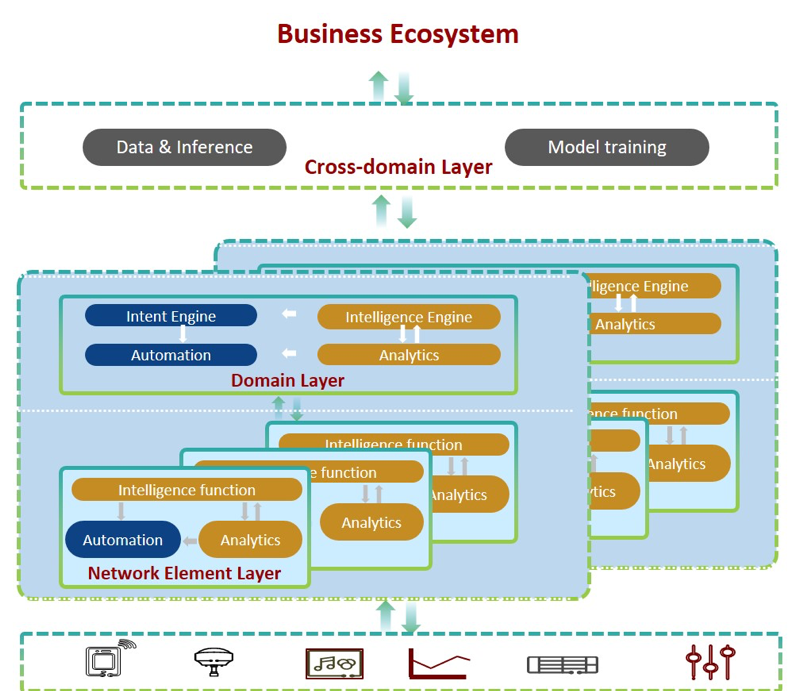
Figure 8. Layered Framework to support AI in Network
The hierarchical autonomy of network architecture allows each network layer to unleash its automation potential fully. Each layer communicates and coordinates with each other through data models, and policies, to achieve end-to-end network automation from the network element to the entire network.
Service-level automation can be achieved jointly by the layered autonomy and coordination between layers by leveraging advantages of operators and vendors. Operators define and orchestrate automation workflows and provide an open platform for service management. From a network perspective, vendors could contribute to finding solutions to reduce domain network complexity efficiently. Operators and vendors could jointly also develop policy-based or intent-driven network autonomy control by utilising standardised scenario-based interfaces.
3.2 Automation level classification
With the goal of providing a common understanding and consensus for the intelligent network, this document proposes a harmonised classification system and supporting definitions that:
- Define the concept of intelligent network
- Identify levels of an intelligent network from “no intelligence” to “full intelligence”.
- Base definitions and levels on functional aspects of technology.
- Describe categorical distinctions for a step-wise progression through the levels.
- Educate a broader community by clarifying for each level what role (if any) operators have in performing the dynamic network operations task while a network automation system is engaged.
AI in Network is a long term objective with a step-by-step process, from providing an alternative to repetitive execution actions, to performing perception and monitoring of network environment and network device status, making decisions based on multiple factors and policies and providing improved end-user experience. The system capability also starts from some service scenarios to covering all service scenarios.
This transformation will take years to fully developed, so we are following an evolutionary process of gradually introducing automation with AI abilities into different domains to bring immediate value to operators.
4. Use cases for AI in Network
4.1 Introduction
In the previous section, we outlined the six-level roadmap for AI in Network evolution, which it is recommending to standard organisations to accelerate adoption.
The autonomy in the network needs to move from a management approach based upon network elements to scenarios based approach where the management processes directly related to a particular business objective, as defined by the operator.
Progress will be accelerated if the industry could have a common understanding of a core set of essential scenarios for the intelligent network, which prioritised solution can be developed accordingly. There are now many use cases of network automation in the industry; they could fall into six categories. We now call for the whole sector to contribute more use cases in these eight categories:-
- Network Planning
- Network Deployment
- Network Optimization
- Network Maintenance
- Service Provisioning
- Power Saving
- Security Protection
- Others
The following core scenarios have been provided for illustrative purposes:-
- Operation and maintenance life cycle: Reflect the ability to build differentiation in each phase of the life cycle to achieve full autonomy across many scenarios. The operation and maintenance life cycle spans planning, deployment, maintenance, optimisation and provisioning of the service. Typical scenarios need to be identified accordingly.
- TCO contribution: Reflects OPEX control and the improvement to CAPEX efficiency in the given scenario with the usage of automation.
- The extent of digitalisation: Digitalisation is the foundation of automation; the selection of scenarios needs to be technically evaluated for automation readiness.
4.2 Use Case 1: Site Deployment
1) Description of Use Case
The most typical network management scenarios for mobile operators are related to widely distributed base stations. Huge engineers efforts are needed to guarantee the on-time deployment of the network, no matter they are newly-built sites or sites upgrade. Especially with extremely complex scenarios of building a 5G network, how to introduce automation capabilities to speed up the network deployment and taking the lead in the market become the key issue.
The site deployment scenario refers to the entire process for deploying the site, including network planning and design, site design, configuration data preparation, site installation, commissioning and acceptance.
2) Automation Goal
The goal of site deployment automation is the automation of the E2E deployment procedure, which includes radio parameter self-planning, hardware self-detection and self-configuration, self-acceptance without dialling test.
3) Challenges
Operators need solutions to improve deployment efficiency. Currently, the biggest challenge is that there are gaps in the automatic workflow of site deployment, which frequently needs manual to intervene. For example, the synchronisation of site planning and site installation, manual dialling tests result in the time for site deployment too long and sometimes causes unnecessary site visit.
Nowadays, operators need also to handle thousands of parameters for the management of the mobile network. How to realise the simplified planning and configuration by introducing the capabilities of automation and utilisation of AI technology is essential to be considered in the industry.
4.3 Use Case 2: Network performance optimisation
1) Description of Use Case
Due to the intrinsic nature of the widely disturbed base stations, different sites are facing different scenarios in the network. Moreover, the traffic model and channel environment are changing all the time. Especially with the emerging of 5G, the network is facing new requirements from diversified services. The network solution needs to be flexible enough to cope with the complex situation and also to meet the experience expectation from the end users.
The process of network performance optimisation includes network monitoring and evaluation, root cause analysis of performance problems, optimisation analysis, decision-making, implementation, post-evaluation and verification. The automation capability could be gradually improved by using AI technology.
2) Automation Goal
The goal of Network performance optimisation is the implementation of dynamic adjustment based on scenario awareness and prediction. Scenario change trend could be perceived, and network configuration could be adjusted in real-time to achieve optimal performance.
3) Challenges
Today, network-level KPI monitoring and analysis are critical and relies on a multi-dimensional analysis of network information, including network data, engineering parameters, map information. The processing of the information to structured and standardised data is a critical challenge for the industry. The coordination between the domain optimisation closed-loop and the E2E closed-loop needs to be improved.
4.4 Use Case 3: Wireless Broadband Service Provisioning
1) Description of Use Case
Fixed Mobile Access service is the 1st 5G use case. However, the mechanism of service provisioning of mobile broadband and fixed broadband is different. Due to the network complexity of wireless network environment and the differences of CPE, to FWA, the bandwidth to be provided to each household is difficult to be predicted before it is provisioned. With conventional workflow, in some circumstances, engineers need to be sent on site to measure the signal quality, which substantially affects the speed to provide the service and the capability of precision marketing.
Service provisioning includes rapid launch of wireless broadband service, and accurate evaluation after launch, network development planning.
2) Automation Goal
The goal of wireless broadband service provisioning is auto-balancing of multi-service, automatic value areas identification and network planning recommendation based on network problem forecasting.
3) Challenges
Today service launch relies on map-assisted evaluation with drive tests. User experience relies on proper network optimisation to resolve received user complaint on time. Effective experience evaluation and resource usage efficiency optimisation is the main challenge for the operator to launch services with guaranteed user experience rapidly.
4.5 Use Case 4: Others: Power Saving
1) Description of Use Case
Site power consumption accounts for a high percentage of network OPEX costs. Although network traffic declines considerably during idle hours, equipment continues to operate. Operators may like to keep power consumption dynamically adjust to traffic usage, to avoid certain waste. The efficient power saving mechanism depends on the visibility and prediction of real-time traffic patterns. The operation flow of power saving may include power saving feature selection, power saving object selection, power saving policy execution and energy consumption monitoring and evaluation.
2) Automation Goal
The ultimate goal of power saving automation is Bit Determined Watts, i.e., in the Multi-RAT environment, without sacrificing customers’ user experience, coordinated power saving can be achieved through precise traffic prediction.
3) Challenges
At present, most power saving mechanisms are based on static switch-off policies. In the future, the power saving decision may be dynamic with utilising other inputs. For example, the capabilities of traffic prediction and dynamic threshold setup based on reinforcement learning can be used as input to realise the best performance of power saving.
4.6 Additional use case placeholder for further input and collaboration
May include:-
Network Planning: Using AI, the operator would be able to forecast the busy area, busy hours and the increasing volume of the traffic, to discover the potential ‘depressed’ requirements due to insufficient coverage or other limitation, and to find out the best ROI within a budget limit.
Network Deployment: With AI, the human intervention in site deployment minimised, inconsistent parameter configurations between different network elements will be avoided. The operators can also discover the quality of network deployment by videos or pictures, which eliminate the efforts for inspection with a better result.
Network Optimization: Network parameter adjustments “on-the-fly” can only be possible with AI, with optimal load balancing achieved quicker.
Network Maintenance: AI algorithms can be used to distract the most important ones from the enormous warning messages and assist the human in finding out the root cause of the network issues, e.g. using the warning message pattern that happened before and is the most similar. They can also be used to support dynamic thresholds, which will be more reasonable than preconfigured ones.
Service Provisioning: Network slicing agreement would be able to be signed almost real-time when we have AI algorithms to predict whether the required QoS can be achieved for a period in the current network environment and estimated future traffic. The operator may also be able to evaluate the service quality of voices, videos and apps with the mapping between network KPIs and the service experience scores.
Power Saving: Power saving would be able to be performed in a smaller granularity (e.g. minutes) and reach the best balance between service quality and power consumption.
Security Protection: Using AI algorithms, we can not only discover the known attacks but also be able to identify the potential unknown attacks and cope with those attacks early enough before any severe problems are caused. Operators can also filter spam messages more efficiently and accurately.
4.7 Next steps
To reflect the evolving nature of the topic, this document will be published on the GSMA Future Networks Online Document Portal where comments and contributions are actively sought to reflect it’s changing nature of the technology.
Please sign in above to make comments or edits to this document. To sign up for our newsletter, please click here.
